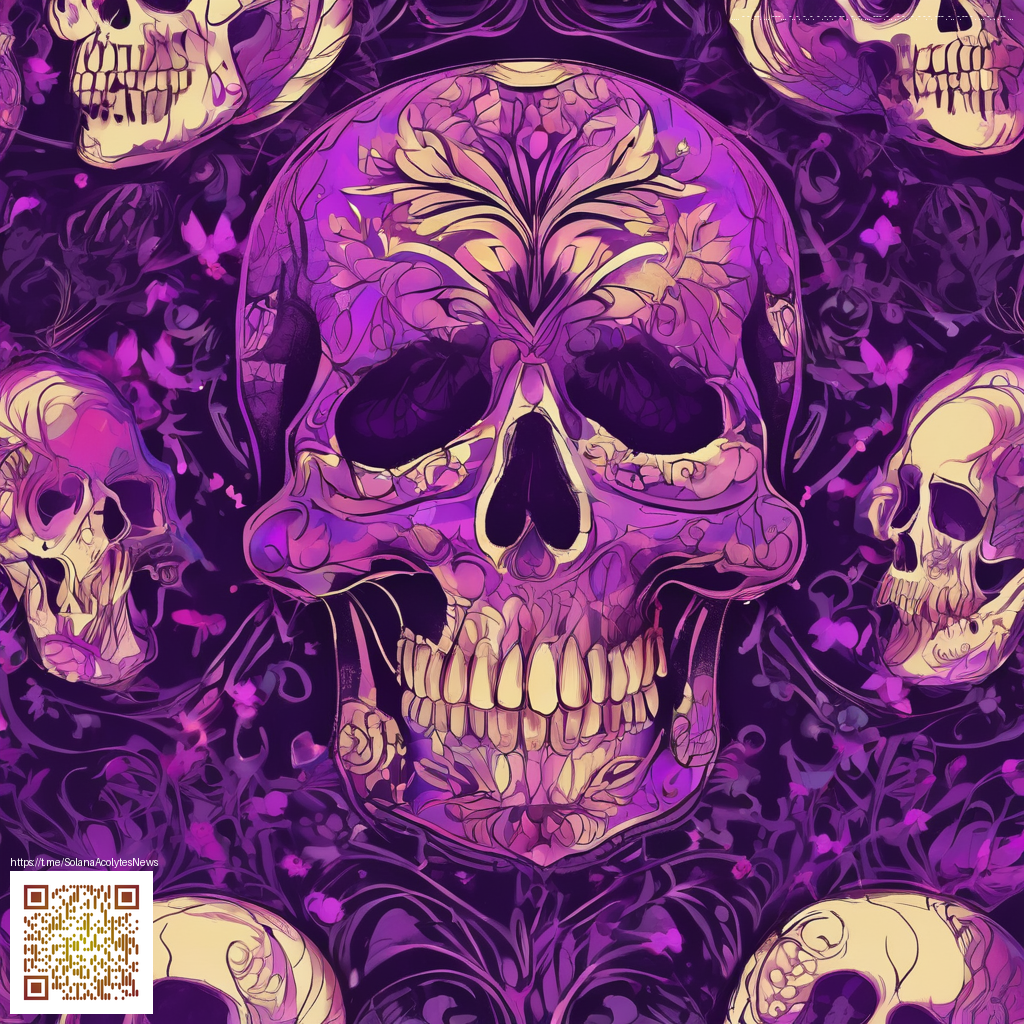
A Visual Chronicle of Quake III Arena Art Direction Across Decades
From the moment players dropped into its fast paced arenas the visuals began to tell a story. The late 1990s look set a bold standard with crisp silhouettes and high contrast textures that made each arena instantly recognizable during chaotic duels. The art language was practical yet striking a balance between readability for quick decisions and a mood that felt distinctly futuristic and mechanical.
As hardware evolved and community driven maps proliferated the appearance of the game evolved too. Early maps relied on straightforward textures and aggressive lighting geometry while later iterations benefited from shader driven glow and color shifts. The visual vocabulary grew to include glows energetic weapon auras and reflective surfaces while maintaining the clarity essential for competitive play
Origins and engine influence
The engine that powered these arenas offered fast rendering and flexible lighting that allowed artists to push bold color decisions without obscuring action. The result is visuals that feel simultaneously utilitarian and cinematic. Bright color codes unique to weapons power ups and team indicators helped players orient themselves in the heat of a match.
This heritage emphasizes a simple truth students of game design still cite today the way art direction informs gameplay. The look was not an indulgence it was a tool that improved reaction times and map comprehension during high speed exchanges. Players learned to trust color cues and silhouette shapes to guide their tactics even when the action grew frenetic 💠
From neon skylines to modular textures
As the collection of fan made maps expanded the art team embraced modular texture systems. These assets allowed creators to assemble varied environments from a shared toolbox while preserving a cohesive overall feel. The glow from energy weapons and environmental lighting remained legible at speed ensuring that artistry and playability went hand in hand.
Community driven art experiments intensified the visual life of the game. Shader packs offered new palettes and lighting models that could brighten or darken arenas for different vibes. The enduring charm comes from how these choices still read clearly in moments of rapid movement and sudden aggression.
Art direction is a language that guides you through the arena before you register the enemy on screen. The textures and silhouettes inform your decisions in split seconds and make fast play readable.
Modding culture and community insights
Modding has always been a heartbeat for this scene. Players experimented with improved lighting models and texture packs to refresh beloved maps or create wholly new experiences. The result is a lasting ecosystem where art and gameplay evolve together on servers that foster friendly competition and creative exploration.
Community led projects frequently emphasize readability as a shared priority. Even when introducing flashy effects the best mods keep core cues intact so players can identify threats and opportunities at a glance. That collaborative spirit continues to influence modern arena shooters that borrow the same design discipline.
Update coverage and the evolution of visuals
Engine forks and open source ports have kept the visuals compatible with contemporary systems without erasing the classic feel. The balance between modern lighting techniques and the original angular geometry demonstrates how an art direction set can age gracefully. Players experience that same sense of clarity even when rendering on newer hardware with advanced shaders.
Developers and fans alike celebrate how the look allows a focus on strategy rather than being overwhelmed by spectacle. The aesthetic decisions help players judge distances jump trajectories and weapon trajectories at a glance a boon for competitive play and heated tournaments.
Legacy and open source continuations
Today new generations encounter the familiar arena rhythm through remasters and open source efforts that keep the engine accessible. The core visual language continues to influence contemporary indie titles and community recreations. The lasting appeal lies in design choices that remain recognizable even as lighting fidelity climbs higher with every new engine iteration.
For students of game visuals the journey offers a compact case study in how art direction can define a genre. It shows that strong silhouettes bold color language and thoughtful lighting can create a timeless stage for competitive play and creative exploration alike.
Want to support the broader vision behind open and distributed online communities while enjoying a steady stream of fresh ideas from across the web It all starts with a simple act of giving. Consider contributing to the decentralized internet through the ongoing donation initiative linked below
Donate to the Decentralized Internet